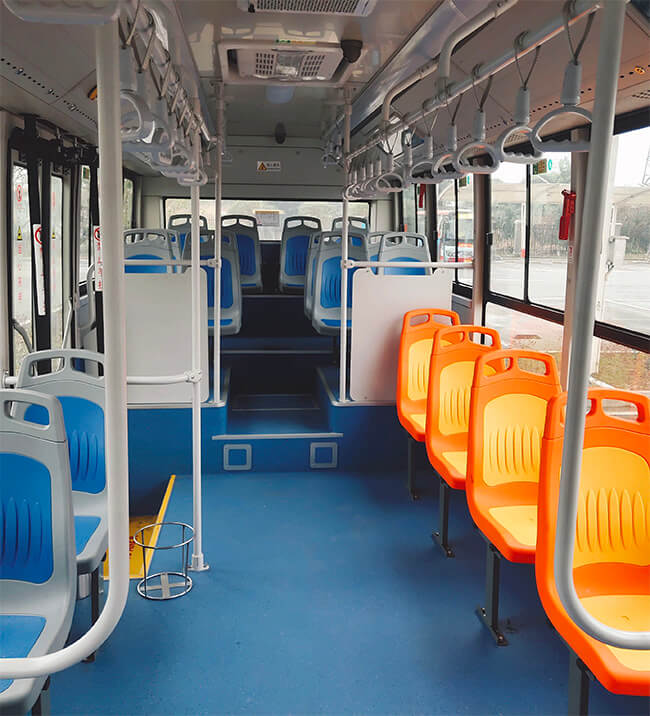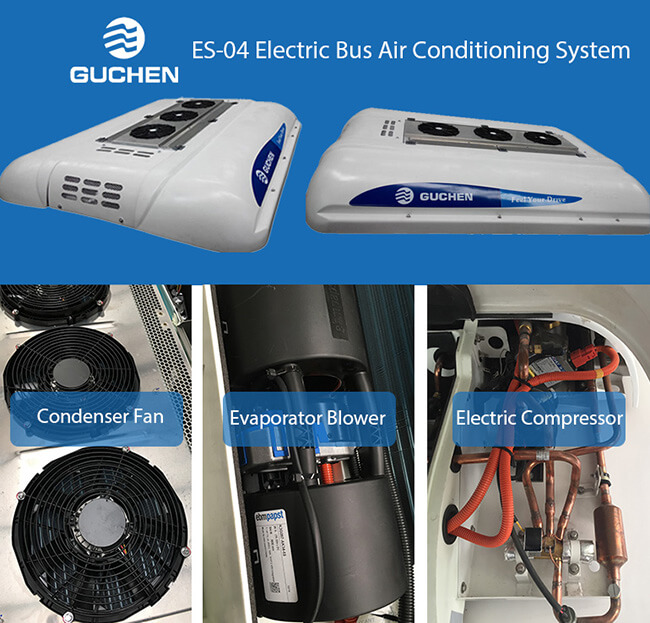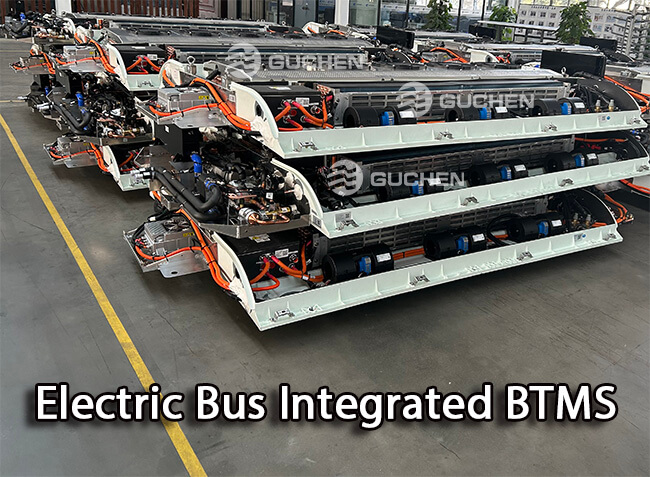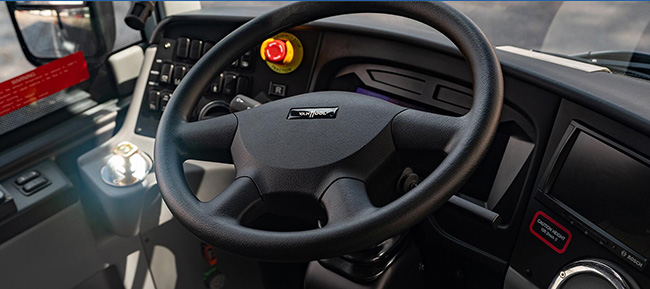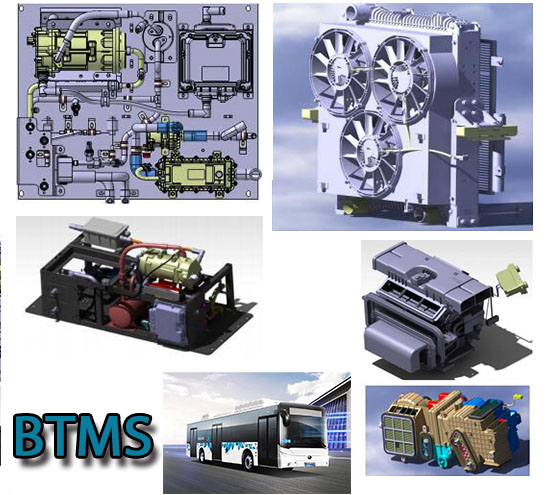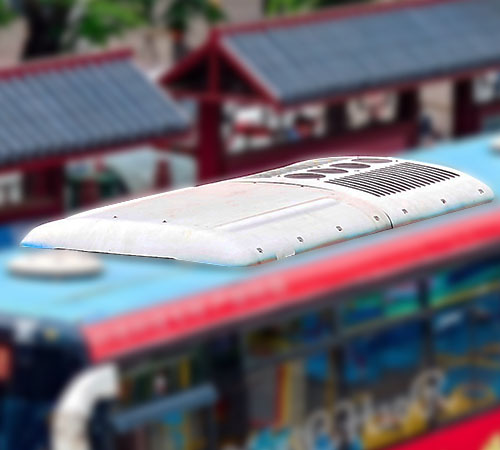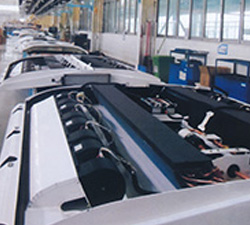Air conditioning is one of the most essential features of modern life. It keeps us cool during the summer months and warm during the winter months, but what about electric buses?
The electric bus industry is growing rapidly as more cities around the world begin to adopt electric vehicles as a way to reduce pollution and carbon emissions. Electric buses are quieter than their diesel counterparts, which makes them ideal for city use.
Air conditioning systems for buses are a vital part of ensuring a comfortable ride. They are designed to be energy efficient and environmentally friendly, but they also have many other benefits that make them ideal for electric buses. In order to create the best experience for passengers, bus HVAC providers have developed their own unique solutions that integrate seamlessly with battery thermal management and heating/cooling systems. Here are some of the most common types of air conditioners used in electric buses today:
Electric Bus Air Conditioning Only
The simplest system is an
electric bus with an air conditioning unit designed specifically for the vehicle. The unit will be located on the roof of the bus and will draw power from the batteries or from an external power source. The air conditioning unit will blow cooled air into the passenger area of the bus. This type of system is very popular in countries like United States where heat waves can make travelling difficult for passengers.
The most common option for electric bus air conditioning is to use the BLDC electric motor to drive the
electric compressor. This method is also the most reliable option and has been proven to be environmentally friendly. The electric bus air conditioning system uses power from on-board batteries, which can then be used for cooling purposes.
Guchen ES-04 Electric Bus Air Conditioning Unit
Integration with Bus Heating Systems
Some electric buses also feature heating systems built into them which can also be used to cool down passengers as well as warm them up during winter months or in other cold climates. These heating systems draw power from either battery packs or from an external source such as a generator or fuel tank. The heated air then flows throughout the bus cabin before recirculating outside through various vents located throughout the vehicle's bodywork. This type of system is ideal for those who want to avoid having to install separate air conditioning units altogether on their vehicles but still want some level of temperature control inside their vehicles' interiors.
 Guchen Electric Bus PTC Heater
Guchen Electric Bus PTC Heater
In addition to the components discussed above, there are two more that can be integrated into a
bus's HVAC system. First, more and more vehicles are using PTC heating systems instead of diesel engines or other conventional methods—and this trend is expected to continue. Second, because many electric buses run off battery power most of the time, they need some way to maintain safe operating temperatures while on battery power alone. This is where a battery thermal management system comes in: it will monitor your batteries' temperature and charge levels so you never have to worry about them failing at an inconvenient time.
With all these parts working together seamlessly and efficiently (in theory), your bus will be nice and cool when you need it—and warm when you want it!
Integrated Battery Thermal Management System
The integrated battery thermal management system (IBTMS) is a system that can be used to control the temperature within the passenger compartment as well as on-board battery packs. This system is an integrated component of the electric bus climate control and is designed to reduce EV range loss and increase battery life.
Working mode: the IBTMS has four working modes in total, as follows:
A) vehicle cooling mode
B) Battery cooling mode
C) Integrated cooling model
D) Vehicle heating model
Guchen ES Series Integrated BTMS for Electric Buses
Purpose: The main purpose of this system is to provide active heating/cooling for passengers and thermal management of the batteries by controlling their temperature based on external conditions, vehicle speed, and battery state-of-charge (SOC).
Importance: The need for battery thermal management within the air conditioning and heating system is critical because batteries must be cooled to prevent overheating. Batteries can be cooled by adding an independent chiller unit on the outside of the battery, or by using an integrated BTMS. The latter method is preferred due to its minimal impact on energy usage and reduced weight compared to an
independent electric bus BTMS. Additionally, integrating these two functions into one system allows for easier installation within electric buses as well as cost savings in terms of parts and labor involved with installing both components separately.
As you know, the driver cab heating and cooling system is an important part of the electric bus industry. The driver’s comfort is essential to their ability to operate safely and efficiently. Their ability to control their own comfort levels may help them perform better at work, which is why it’s important for them to have access to the right tools at all times.
By integrating
E-bus HVAC unit with the driver cabin heating system can provide comfort and safety for both passengers and drivers. This integration allows for greater control over temperature settings inside the vehicle.
Conclusion
There are many different options for air conditioning in electric buses, and each one has its own unique benefits. Guchen Industry can provide custom heating and cooling solutions for all-electric buses and battery pack thermal management.
The best choice for your business depends on the size of the bus, how much time it spends on the road, and what kind of climate it goes through most often. No matter which system you choose, though, there will be plenty of options available to create a comfortable environment for all riders.


